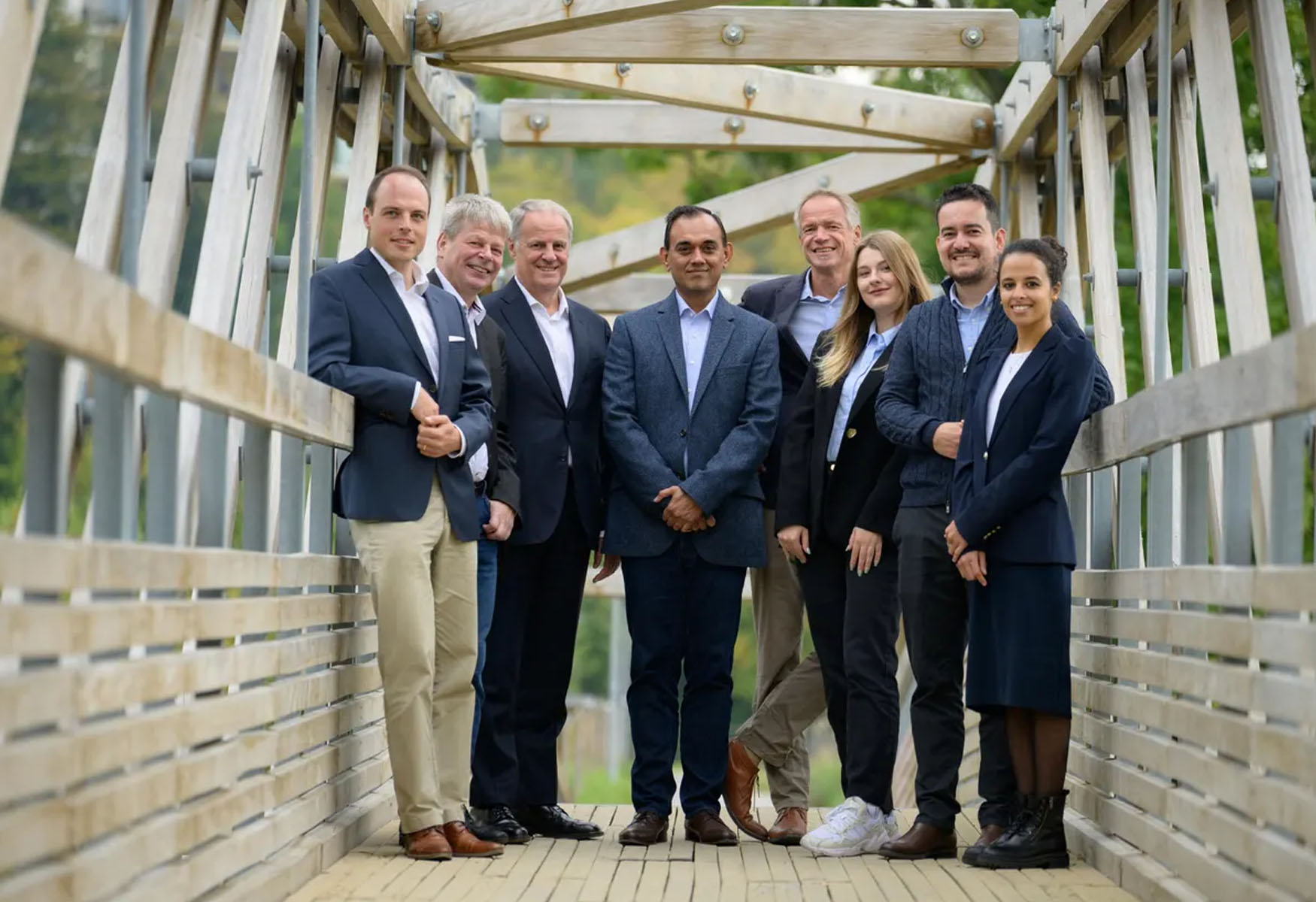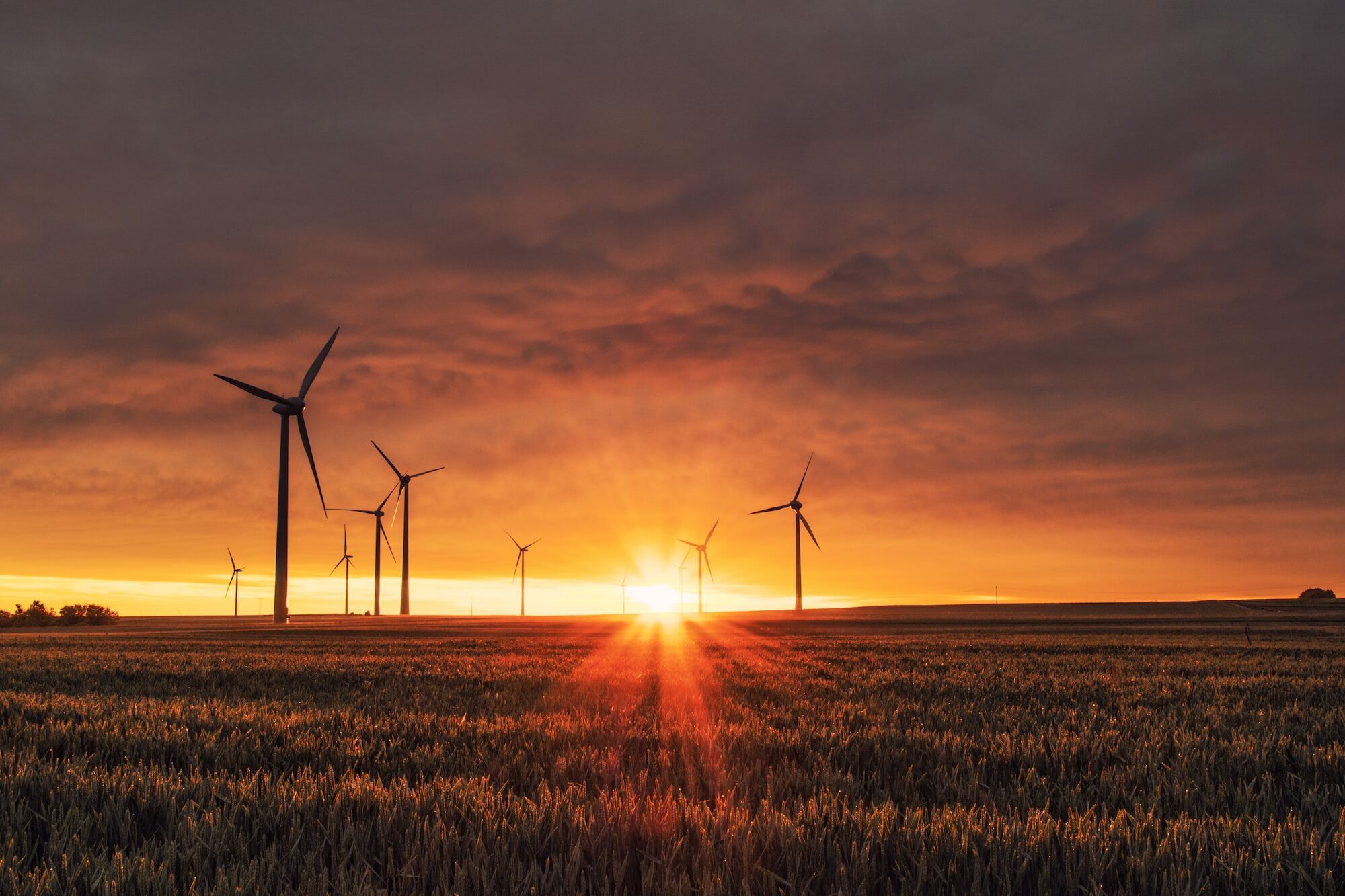About 2% of the world’s CO? emissions come from pressurized, jet-powered sausages careening through the air. Earlier this week, I covered one startup, Metafuels, that thinks it has a solution for reducing aircraft emissions. I was able to talk the company’s founders into giving me the pitch deck for their $8 million seed round as well so we could do a deep dive into the materials the company used to raise the funding.
Key Takeaway
Metafuels’ pitch deck impresses with its focus on a rapidly growing market, a clear demonstration of its deep tech, and a well-defined roadmap for scaling production.
Slides in Metafuels’ Pitch Deck
- Cover slide
- Market size slide
- Product / technology slide
- Product manufacturing slide
- Unit economics (production at scale numbers)
- Unique selling points
- Technology roadmap
- Business model slide (production)
- Business model slide (licensing)
- Commercialization slide
- Market traction slide
- Team slide
- Closing slide
Three Things to Love
If you’ve been reading my Pitch Deck Teardowns, even skimming the list of slides above will make you go “Uh oh, Haje’s not gonna be happy with this — there’s a ton of information missing!” And yes, you would absolutely be right. This is an interesting challenge with deep tech startups, however: If it’s going to take a hot minute to get your product to market, there will, by definition, be a lot of things missing.
Is it a bird? Is it a plane? No, it’s a high-soaring market size
It takes a special kind of chutzpah to say “all aircraft fuel” is your market, but that’s what Metafuels is doing here. The market size for sustainable aviation fuel (SAF) is currently pretty limited. In 2022, around 300 million liters of sustainable aviation fuel was produced, and that doubled this year to more than 600 million liters, per the International Air Transport Association (IATA). That is a drop in the veritable ocean of all fuel used worldwide. There was a significant dip during the pandemic years, but in 2019, around 360 billion liters of fuel was used by commercial airlines.
In other words, SAF represents around 0.17% of all aviation fuel consumed. It’s no surprise, then, that Metafuels decided to start its projections from 2030. That’s when the company will hit its stride going into full production, and also when the market is likely to take off. The big forcing function is the RefuelEU Aviation regulation, which sets targets for blending sustainable fuel in with its petroleum counterparts.
The Climate Founders’ Guide to the Inflation Reduction Act
Metafuels tells the story well: You get a picture of a rapidly growing market, and the company positions itself as a crucial player in it. You can learn from this slide how to tie the ‘why now’ part of your story to wider macro changes. If you know which way the wind is blowing, you can set your company up to make the most of it.
Let yourself nerd out about the tech
When you’re building a deep tech company, the tallest pole in the tent is always going to be the tech itself. What have you figured out that nobody else has been able to nail down? Metafuels has found the one exception to the “your investors don’t give a crap about your product” rule: This is a deep tech company that will fail or succeed entirely based on what it’s able to deliver on the tech side. It’s refreshing to see a three-slide set (slides 3-5) talking through the process itself, how it works at scale, and how the company can produce the fuel at a reasonable price.
A Clear Roadmap
Make it work, then make it work at small scale, then scale to production scale. This is a pretty obvious route to take, but it’s rarely spelled out this clearly. Slide 10 then breaks down how the company can scale from 50 liters per day to 700 million liters per day — that’s a hell of a scaling operation. The main takeaway from this part of the deck is to keep an eye on the future and how you can scale later. Having a clear view of the unit economics in particular (i.e., how the financials of your products change as you start increasing volume) is often a crucial part of the story. Here, Metafuels is talking about producing 1 to 2 liters per day, then scaling that by 700 million. That’s… a hell of an undertaking. And while the manufacturing processes and factories for producing that much fuel will be expensive, the cost per liter will come down dramatically. Metafuels is tackling that beautifully in this deck.

























